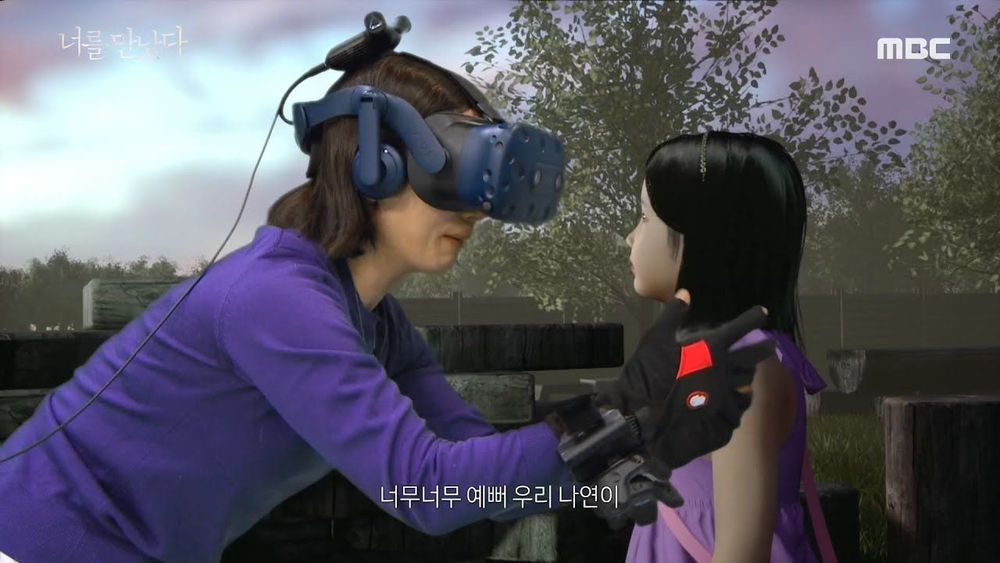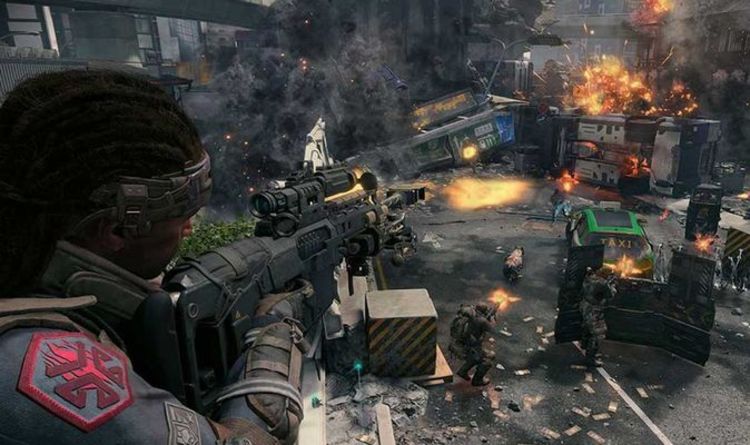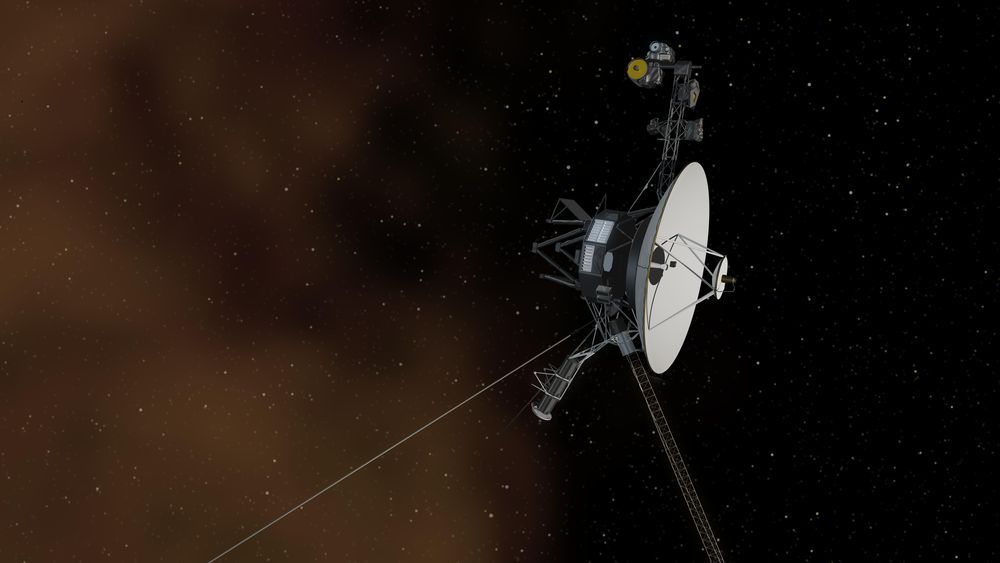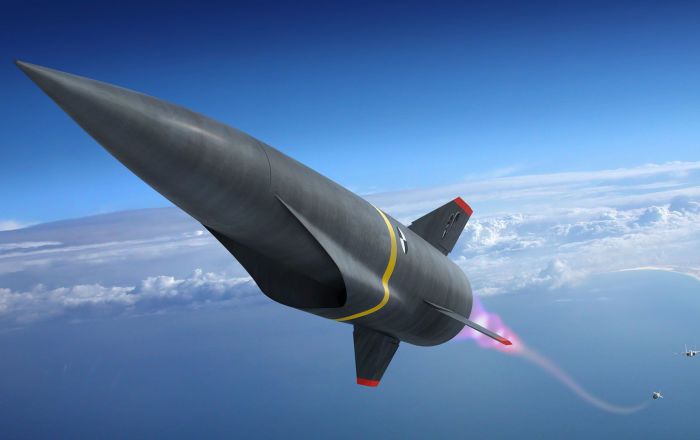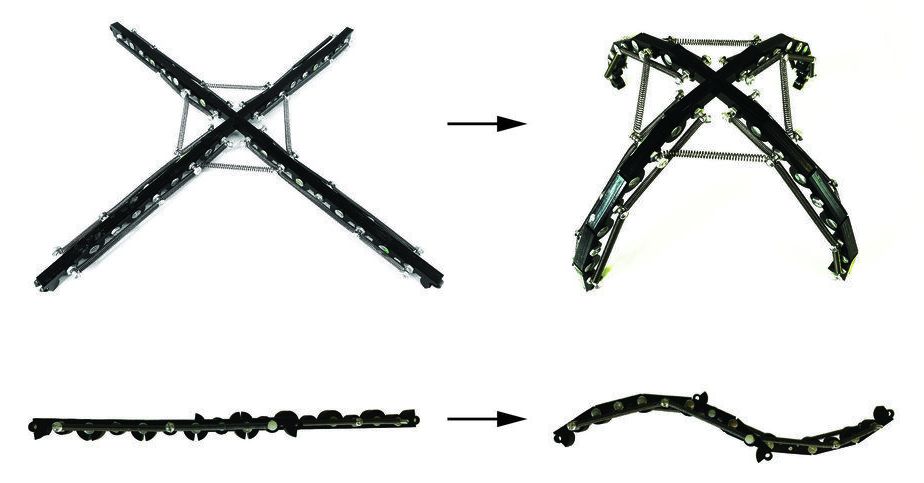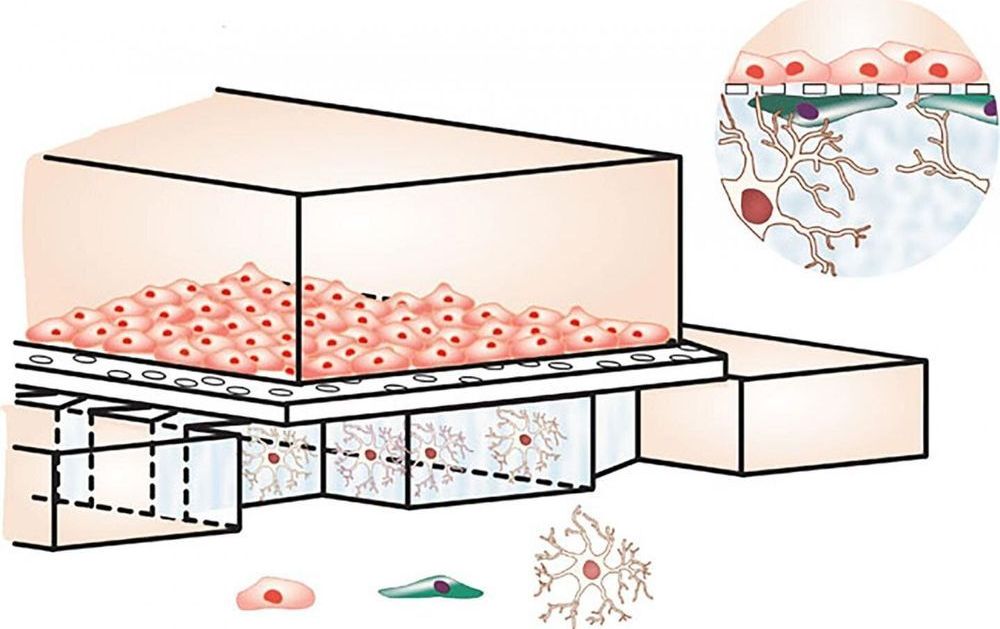Via Virtual Reality, Mother Encounters Deceased Daughter ‘But that barrier was going to melt away someday soon. The transhumanists had promised…’ — Stephen Baxter, 2008.
BabyX AI Real Enough For You ‘…what’s to keep me from showing face, Man? I’m showing a voice this instant… I can show a face the same way.’ — Robert Heinlein, 1966.
Someday, You Might Like VR Enough To Move In ‘That barrier was going to melt away someday soon. The transhumanists had promised…’ — Stephen Baxter, 2008.
